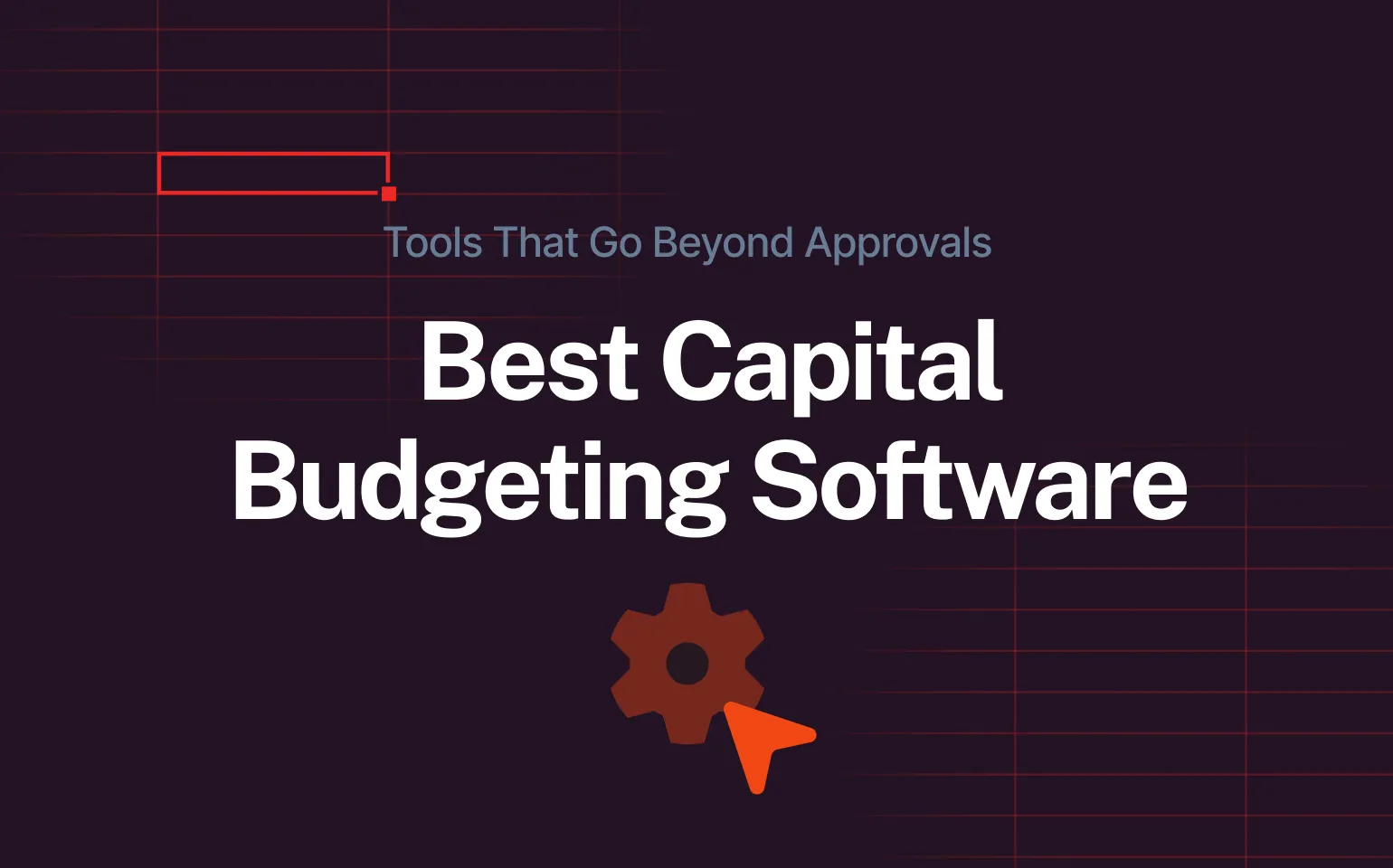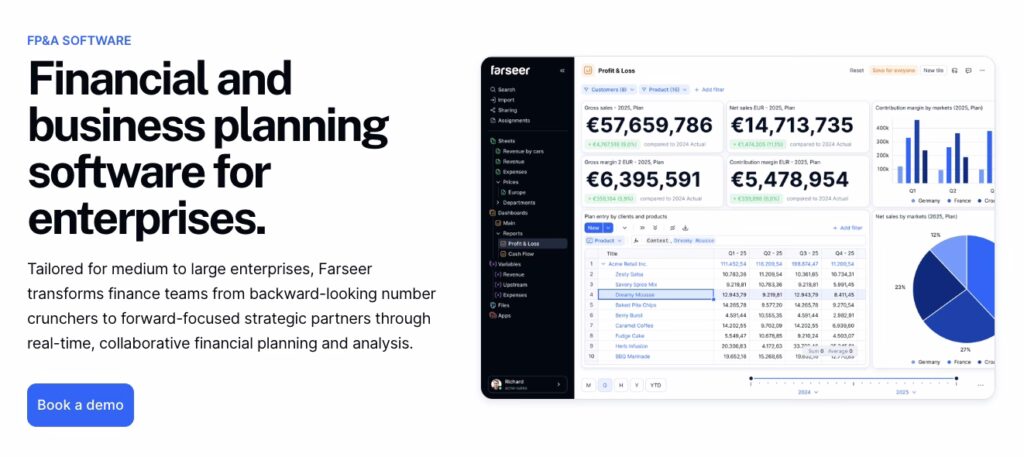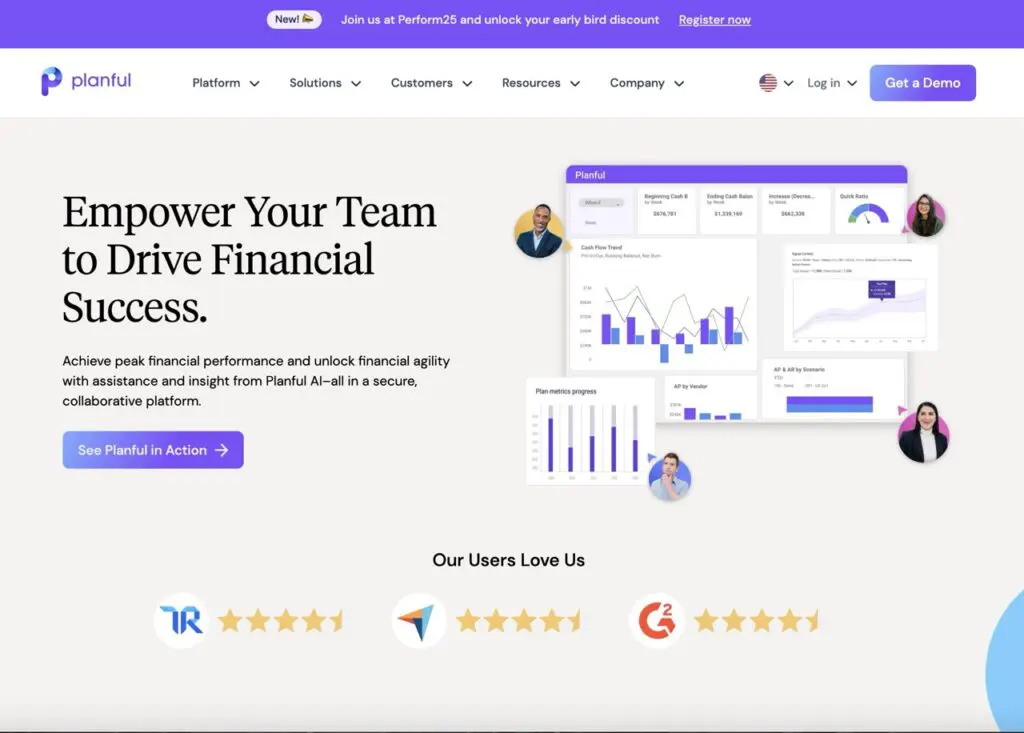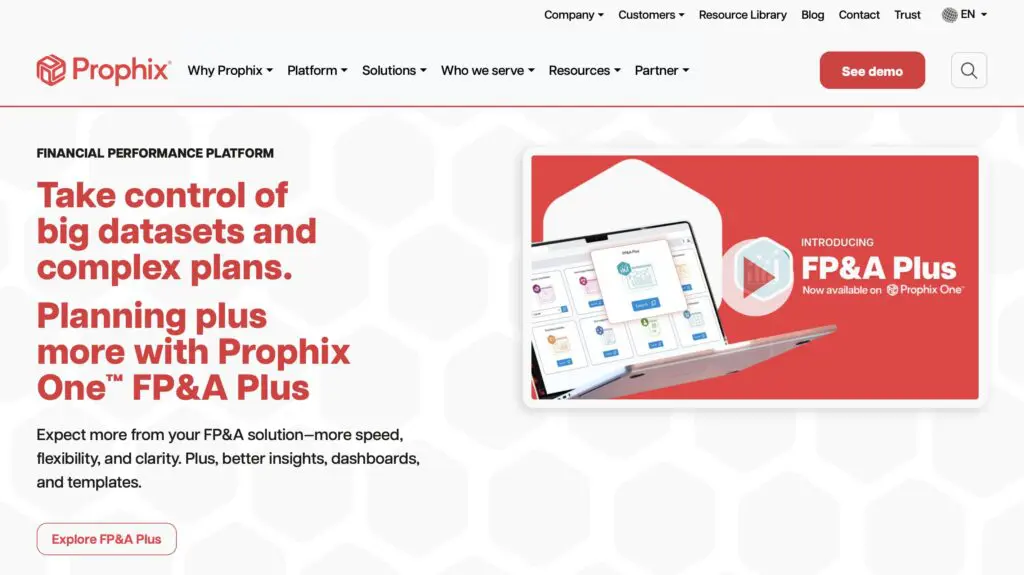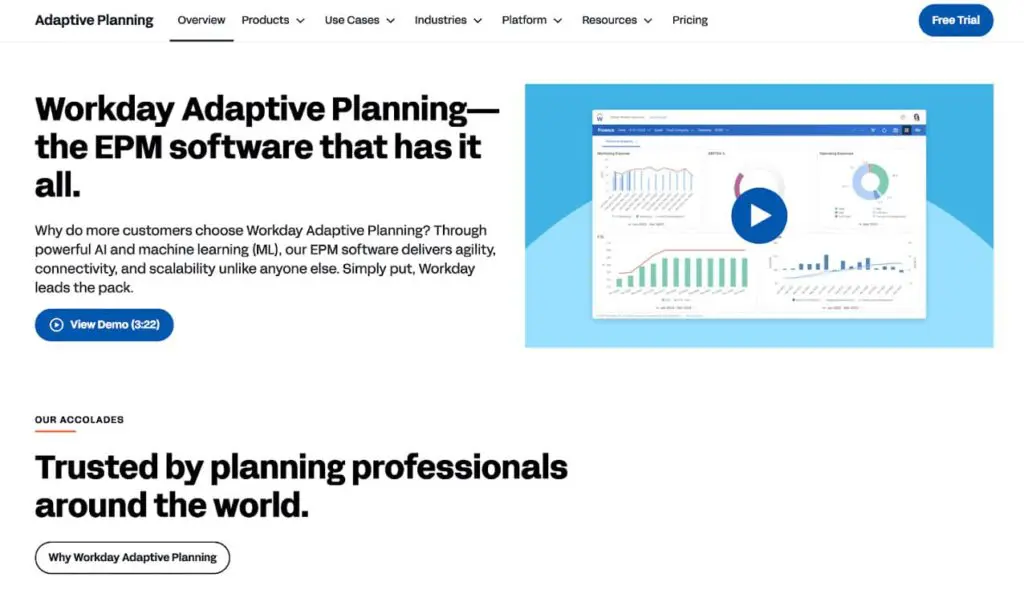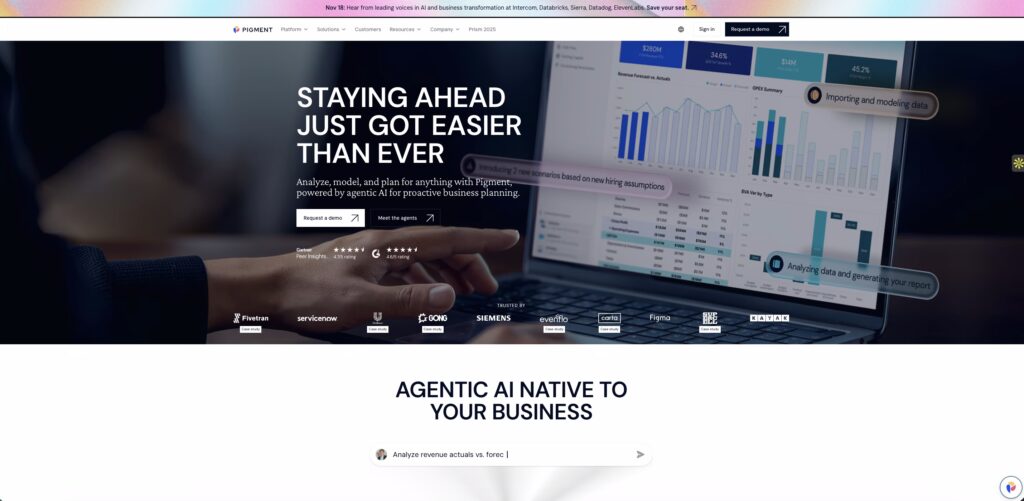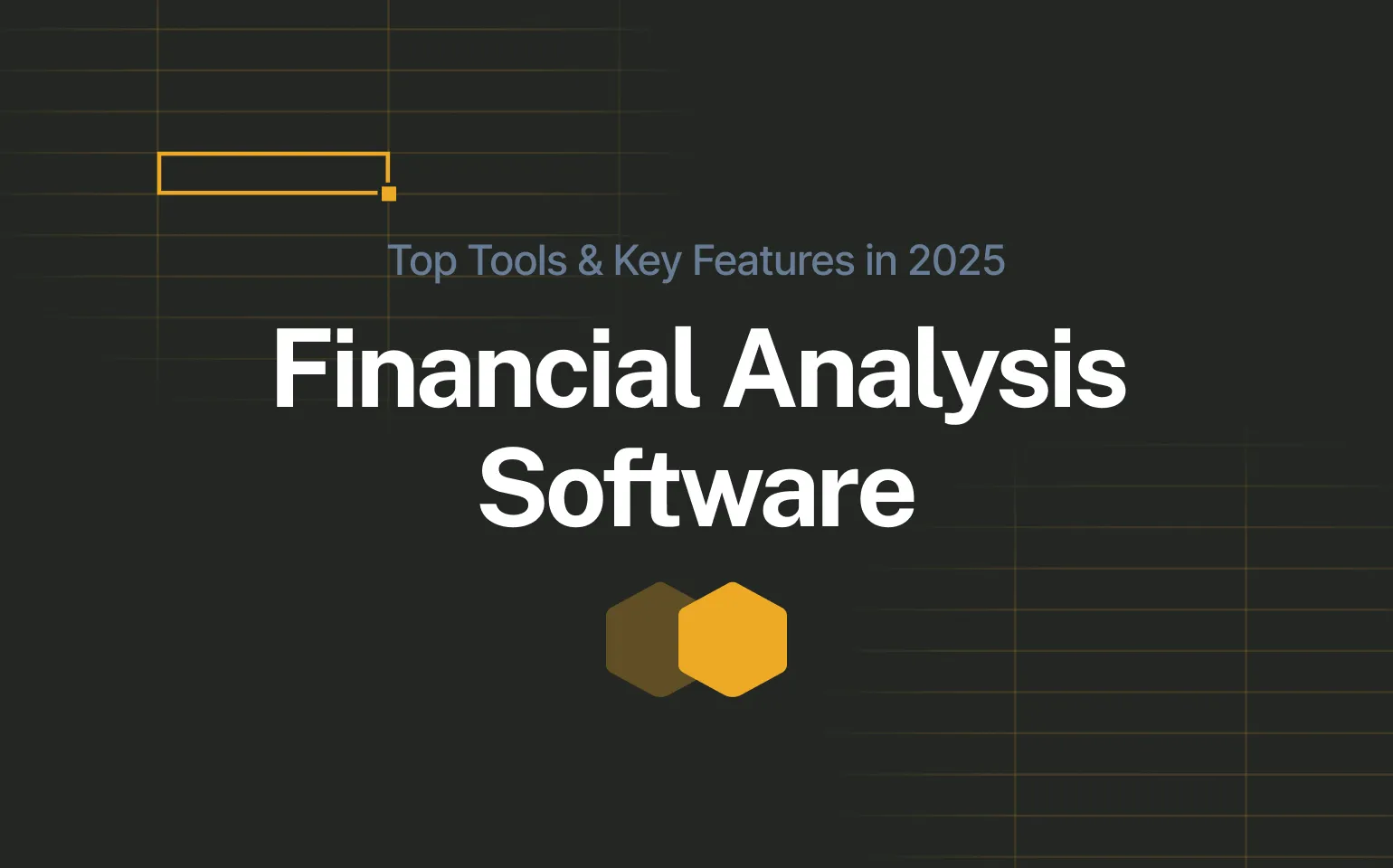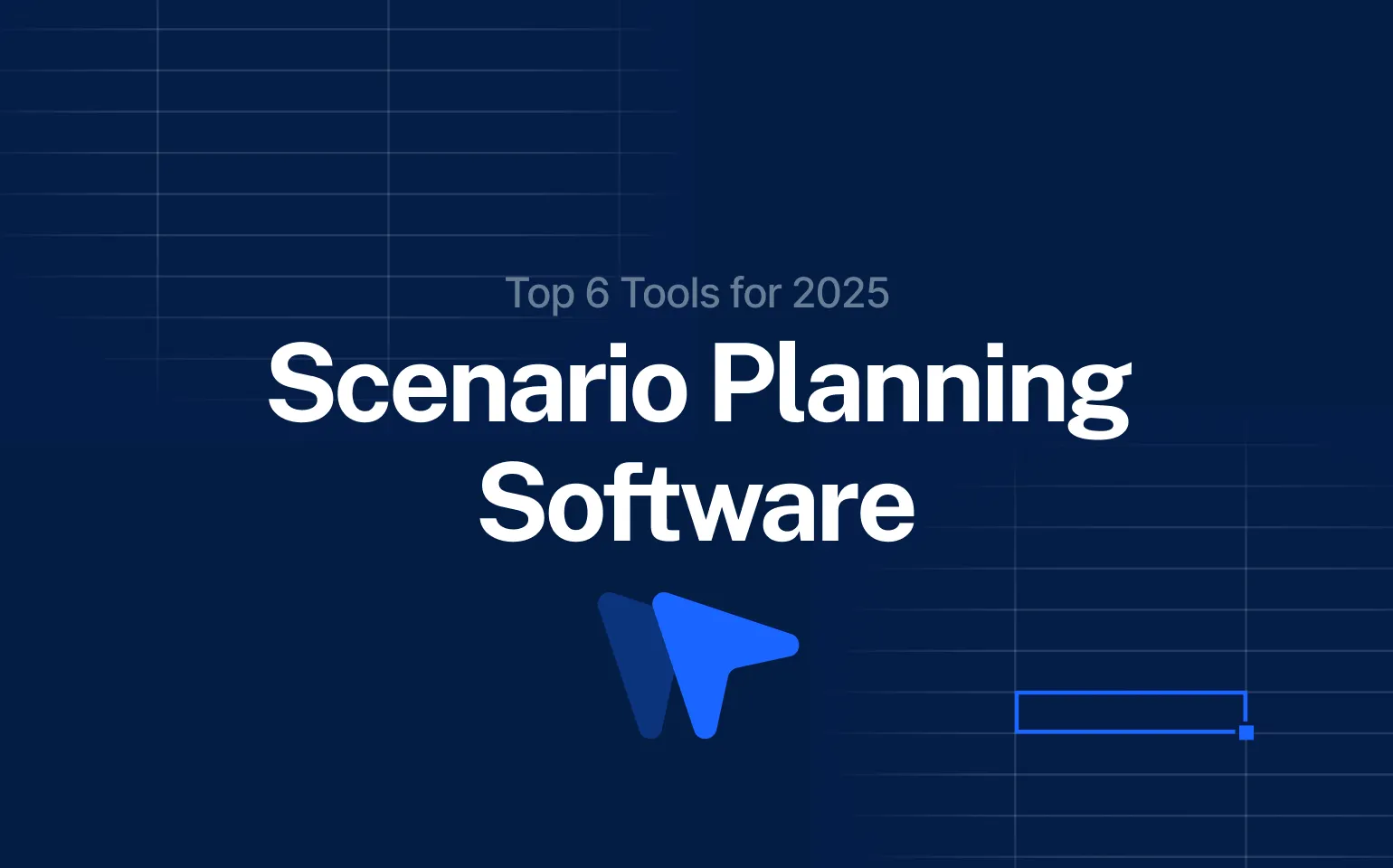Planning a major investment in Excel?
Doesn’t it sound a bit… grotesque?
Still, many CFOs choose precisely that. When it’s time for budgeting, it’s different templates, different versions and endless “Final_v12.xlsx” chaos.
And it’s not that they lack tools – it’s that most capital budgeting software wasn’t designed for how modern organizations actually plan. It focuses on approvals and allocations, not outcomes.
Read FP&A Software for Modern Finance Teams: Compare the Best Tools in 2025
Today’s finance teams need more than digital paperwork.
They need clarity. Simulation. ROI tracking.
They need to see how every CapEx decision ripples through P&L, Balance Sheet, and Cash Flow – in real time.
Let’s unpack what capital budgeting software should really do, where most tools fail, and which platforms are built for the next generation of finance.
What Great Capital Budgeting Software Should Do
If you’re evaluating tools, look beyond “budget submission forms” and “approval workflows.”
Real finance software should act as a control center for every investment decision.
Here’s what to look for:
- Multi-scenario and what-if modelling – change assumptions once, see instant impact across projects and entities.
- ROI, IRR, and payback analysis – compare projects not just by spend, but by strategic and financial return.
- Integration with ERP, BI, and forecasting systems – one source of truth from budget to actuals.
- Governed workflows and audit trails – every assumption traceable, every change logged.
- CapEx–OpEx linkage – understand depreciation, maintenance, tax, and cash flow implications.
- No-code configuration – finance teams shouldn’t need IT to update business logic.
They’re what separates static budgeting from connected planning.
Top 6 Capital Budgeting Software Options
Farseer - Capital budgeting rebuilt for modern finance
Best for: Multi-entity finance teams that need dynamic CapEx–OpEx integration, ROI modeling, and governed planning.
Farseer is designed for CFOs and FP&A leaders who don’t just track CapEx – they steer it.
It unifies CapEx, OpEx, ROI, and cash flow in one connected model, so every assumption or project update automatically reflects across the entire financial plan.
Key advantages for capital budgeting:
- Dynamic multi-scenario planning: Instantly simulate changes, e.g. delay a plant upgrade, add new R&D investments, or shift regional allocations, and see how each scenario affects ROI, cash flow, and depreciation.
- ROI, IRR, and payback analysis built in: Every project includes built-in performance metrics, eliminating side spreadsheets and manual formula updates.
- Governance by design: Every change, assumption, and approval is automatically logged, which is crucial for audit readiness, compliance, and ESG tracking.
- CapEx–OpEx connection: Each investment carries through to operating expenses, tax impact, and depreciation forecasts, ensuring finance always sees the full financial picture.
- No-code modeling: Finance teams can adjust project scoring, logic, or approval rules instantly without IT support.
- Industry-grade transparency: Designed for industries where version control and regulatory alignment (e.g. IFRS, ESG, EMA in pharma) are non-negotiable.
OpenGov - Built for public sector budgeting
Best for: Government, utilities, and municipalities.
OpenGov delivers strong proposal workflows, project scoring, and multi-fund tracking, ideal for public sector transparency.
However, it’s less suited for commercial FP&A environments that require ROI analysis or multi-entity financial simulation. It handles budget control well but lacks the flexibility and driver-based modeling that private-sector CFOs expect from capital budgeting software.
Planful - FP&A Suite with Traditional CapEx Capabilities
Best for: Mid-market finance teams seeking structured planning with solid ERP integration.
Planful integrates capital budgeting within its wider FP&A platform, offering project templates and approval workflows.
While it’s a step above spreadsheet planning, its CapEx functionality remains static, strong on structure, lighter on strategic modeling or ROI visibility. Finance teams looking for dynamic scenario analysis or cross-entity simulation will find it limited compared to newer-generation tools.
Read 6 Planful Competitors Finance Teams Should Consider in 2025
Prophix - Process-driven and automation-focused
Best for: Enterprises prioritizing approval workflows and process control.
Prophix standardizes capital budgeting with automated approvals and predefined templates.
It ensures control and repeatability but sacrifices flexibility: what-if analysis, ROI comparison, and CapEx–OpEx linkage require manual workarounds. For organizations seeking strategic capital allocation rather than process automation alone, it may feel restrictive.
Workday Adaptive Planning - Long-range enterprise planning
Best for: Large organizations with established governance frameworks.
Workday Adaptive excels at multi-year planning, reporting, and enterprise governance.
However, its capital budgeting features focus on long-term forecasting rather than granular modeling. For teams wanting detailed project-level analysis or immediate ROI impact tracking, its structure can feel rigid.
Read 4 Workday Adaptive Planning Competitors Worth Considering in 2025
Pigment - Modern and visual, but governance-light
Best for: Tech-forward finance teams focused on modeling and collaboration.
Pigment offers impressive visualization and modeling speed, making it popular with agile teams.
Yet, when it comes to regulated, high-complexity planning – especially capital budgeting – it lacks built-in ROI metrics, audit logs, and compliance tracking.
It’s a strong modeling tool, but not a complete FP&A governance solution.
Common Pitfalls When Choosing Capital Budgeting Software
Even experienced finance teams fall into these traps:
- Buying tools built for public sector logic – structured for project requests and funds allocation, not ROI and forecast alignment.
- Ignoring OPEX and depreciation impact – approving CapEx without seeing long-term cost implications.
- Over-engineering in Excel – turning “quick fixes” into fragile models that break every quarter.
- Skipping governance – no version control, no audit trail, no traceability.
If you’ve ever rebuilt the same report three times before audit season, you’ve seen these pitfalls firsthand.
How Farseer Reframes Capital Budgeting
Farseer was built from the ground up for FP&A, not IT.
It’s what happens when you merge financial modelling, governance, and automation into one no-code system.
Here’s how it changes the game:
- Unified planning model
CapEx, OpEx, ROI, and cash flow – all connected. Change logic once, and every market updates instantly. - Scenario agility
Model dozens of investment alternatives, compare ROI, NPV, and payback instantly. - Governance by design
Every assumption traceable. Every version logged. IFRS, ESG, and tax rules built into the logic. - No Excel dependency
Finance controls the logic, not IT. No scripts, no formula errors, no “version 47.” - Real-time visibility
See project performance, ROI, and variance against forecast – as it happens, not at quarter-end.
From Allocation to Impact
Capital budgeting software shouldn’t just approve spend, it should prove impact.
If your process still lives in Excel, your ROI visibility ends where the formulas break. But when finance, operations, and governance live in one connected model,
every investment becomes measurable, auditable, and strategically aligned.
That’s the future of capital budgeting.
And it’s already here.
See how Farseer unifies capital planning, forecasting, and ROI tracking – all in one governed model.
